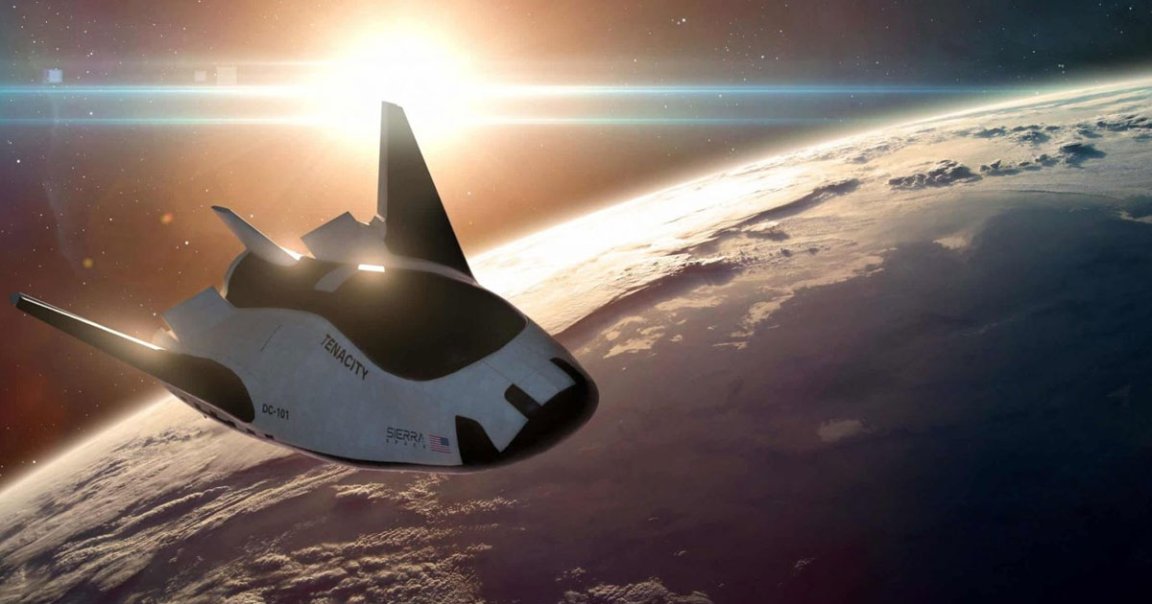
Chase Dreams
Colorado-based space startup Sierra Space has made considerable progress on its Dream Chaser spaceplane, a sleek spacecraft designed to glide back to the ground after screaming through space.
As Ars Technica reports, the company is now adding the finishing touches to the craft, including a pressurized compartment that can house astronauts as they travel to the International Space Station.
But before it can do that, its big test — like SpaceX’s Dragon capsule before it — will be to deliver cargo to the orbital outpost after launching on top of a rocket. Returning to Earth, it’ll careen through the atmosphere before using its wings to safely make its way to a landing strip back on the ground.
All told, it’s an exciting new chapter in the history of spaceflight that harkens back to the design of NASA’s now long-retired Space Shuttle.
Plane Jane
Though it’s making significant progress, Sierra still has plenty of work to do before it can send its Dream Chaser, dubbed “Tenacity,” into orbit.
The plane will first be shipped to a NASA facility in Ohio to make sure it can survive the extreme conditions during launch and in outer space.
“We’re almost done with everything,” Angie Wise, Sierra’s chief safety officer, told Ars. “We’re finishing all the closeout panels. We’re essentially getting it ready for shipping.”
“We’ve checked out the landing gear,” she added. “We’re going to put everything back in, stow it, and then move it onto the (transport) fixture and get it out of here,” referring to the company’s headquarters outside of Denver, Colorado.
It may not be the only commercial spaceplane in the works, but unlike Virgin Galactic’s SpaceShipTwo spaceplane, Sierra is aiming for actual orbital capabilities. It’s also considerably smaller than NASA’s Space Shuttle, at roughly a quarter the size.
According to Ars, Dream Chaser is designed to deliver up to 12,000 pounds of cargo to the ISS. It can also jettison unwanted cargo at the end of its mission to have it burn up in the Earth’s atmosphere.
But when we’ll see the spacecraft actually launch into space remains to be seen. Only if it can survive a gauntlet of extreme temperatures inside a vacuum at NASA’s Ohio test facilities will it be shipped out to the Space Coast for its maiden voyage.
Sierra is hoping to complete its first uncrewed test flight by April of next year. But that’s an ambitious timeline, especially considering the rocket that will take it into orbit, United Launch Alliance’s Vulcan rocket, has yet to complete its own first test flight.
More on Sierra Space: Experimental Inflatable Space Station Segment Explodes Violently